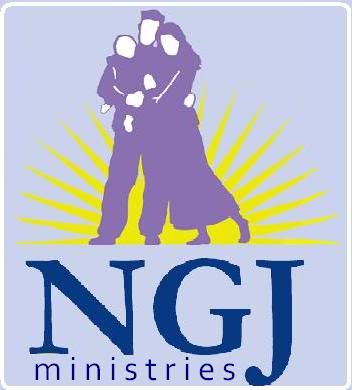
>>================<<>>================<<
Debi Pearl has written a new book, The Vision (ISBN: 978-0-9819737-0-8). The main characters of The Vision find themselves embroiled in controversy over their mission while their community faces unrest, politics swirl and the environment becomes increasingly hostile.Throughout the book, Yellowstone threatens to erupt. Readers may suppose that the writer has used her creative license overmuch. However, Yellowstone is classified as a super-volcano, and geologists predict that this super-volcano could erupt.
A massive caldera is the site of Yellowstone National Park. Calderas are bowl shaped geographical areas that cap stores of molten rock. Yellowstone's caldera is shaken by quakes centered three miles beneath its surface.
Both Yellowstone's size and dormancy gain it notice as a super volcano.
"A super-eruption is the world's biggest bang. It's a volcanic explosion big enough to dwarf all others and with a reach great enough to affect everyone on the planet," is the description given by Bill McGuire of the Benfield Greig Hazard Research Center with a professorship at London's University.

The force of such an eruption would require a thousand atomic explosions each second to equal it. The world's largest city, Tokyo, could fit inside Yellowstone's caldera because it's so massive.
Geologists estimate that every six to seven hundred thousand years there is a volcanic eruption at this location. They go on to estimate that it was 640,000 years ago when the last major eruption occurred. Give or take a few thousand years, this means that Yellowstone may be overdue to erupt.
In the event of a volcanic eruption at Yellowstone, predictions are that there would be a 90% loss of life (animal and human) within a 600 mile radius of the blast. Ash spewed into the air would become deadly when inhaled by survivors across the United States. Farm animals would also experience massive casualties, interrupting food supplies.
Travelers would be stranded as transportation stopped. Short term, airplanes would be prevented from flying while rail and other motorized conveyance would be stopped as well.
A great volume of the explosion would be projected into the air where, cooling, it would turn into bits of sharp, jagged rocks and glass. A grayish or black haze would immediately darken the sky because of the matter suspended in the air. A noticeable sulfuric odor, thunder and lightning would assail the senses.
With thunder rolling, the immediate disaster area would become blanketed in a muffled quiet. The first 12-60 hours would be characterized by a heavy ash fall. Structural damage to buildings would come about because of the weight of firmly packed ash. A foot's depth of ash would weigh enough to collapse a roof.
Rain would fall out of season as a result of the particles in the air. Water mixed with ash would coat everything with slime. Mudslides would soon follow the rain. Contaminates would be found in water supplies. Air filters on automobiles would become clogged, and roads would become too slippery to navigate. Electric companies would also encounter engine failures, resulting in uncertain availability of electricity.
 Clouds of residual ash could be worked back into the air by human activity for weeks or even years after the ash had settled. To prevent breathing in ash particles, it would be necessary to don facial masks. Survivors would have to contend with limited clean air, resulting in widespread health concerns. Worldwide, there would be crop failures and loss of vegetation.
Clouds of residual ash could be worked back into the air by human activity for weeks or even years after the ash had settled. To prevent breathing in ash particles, it would be necessary to don facial masks. Survivors would have to contend with limited clean air, resulting in widespread health concerns. Worldwide, there would be crop failures and loss of vegetation.A hazy light would characterize the daytime as diffused light tried to penetrate the suspended particles in the atmosphere. Within days of the volcanic blast, the skies over Europe would be reddened. Two to three weeks later, Yellowstone's sulfuric acid cloud would blanket the earth. The upper atmosphere would be infused with sulfur creating a planetary climatic cooling effect as great as 10 degrees. Six to ten years could pass before normal temperatures started returning.
Scientists predict that because of temperature changes south of the equator, there will be failure of the monsoon season. Asia would experience monumental food shortages as a result of this reduced rainfall.
Weeks or even years prior to an eruption, Yellowstone National Park service scientists predict that there will be measurable warning signs. Hank Heasler, Yellowstone park geologist, stated that, "If the park were poised for a major eruption, the signs wouldn't be subtle."
Debi Pearl has authored a fictitious volume in The Vision. Nevertheless, there is an uncomfortable realness in regard to Yellowstone's super volcano.








No comments:
Post a Comment